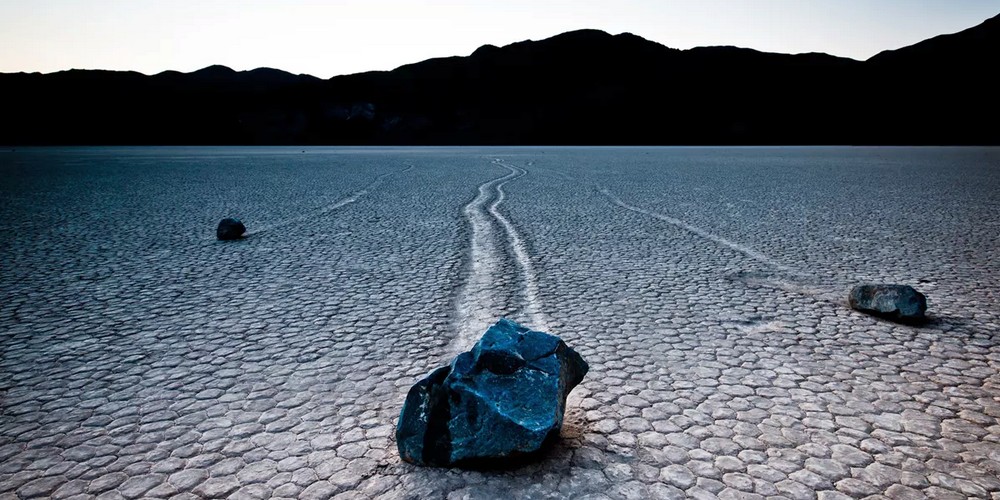Lenticular Clouds, Mount Fuji, Japan
Lenticular clouds are a visible sign of mountain waves in the air. However, these waves can be present beyond the clouds and may exist even when no clouds are formed. On the ground, they can result in extreme gusty winds in one place, with still air only a few hundred meters away. One of the few types of cloud you can fly through sideways in an airplane as the wind blows the aircraft into and then out of the cloud.
Mt Fuji isn’t the only place lenticular clouds can occur. It’s just one of the more well-known places. They’ve also been spotted at Mt Rainier, Washington State and Mt Errigal, Ireland.
Moeraki Boulders, New Zealand
The Moeraki Boulders (Kaihinaki) are a group of large spherical “stones” on Koekohe Beach near Moeraki on New Zealand’s Otago coast. These boulders are concretions exposed through shoreline erosion from coastal cliffs.
Scientists explain the boulders as calcite concretions formed about 65 million years ago. According to Maori legend, the boulders are gourds washed ashore from the great voyaging canoe Araiteuru when it was wrecked upon landfall in New Zealand hundreds of years ago.
Sailing Stones, Death Valley, U.S.
Erosional forces cause rocks from the surrounding mountains to tumble to the Racetrack’s surface. The stones move across the surface, leaving trails as records of their movements. Some moving rocks are large and have traveled as far as 1,500 feet. Throughout the years, many theories have been suggested to explain the mystery of these rock movements.
Sailing stones are slabs of dolomite and syenite ranging from a few hundred grams to hundreds of kilograms. Sailing or moving rocks are any composition stones that move on the flat mud surface and leave a trail behind them. Their movement is caused by thin ice sheets the stones are frozen into. Sailing stones move due to ice rafts created in winter after the heavy rains.



